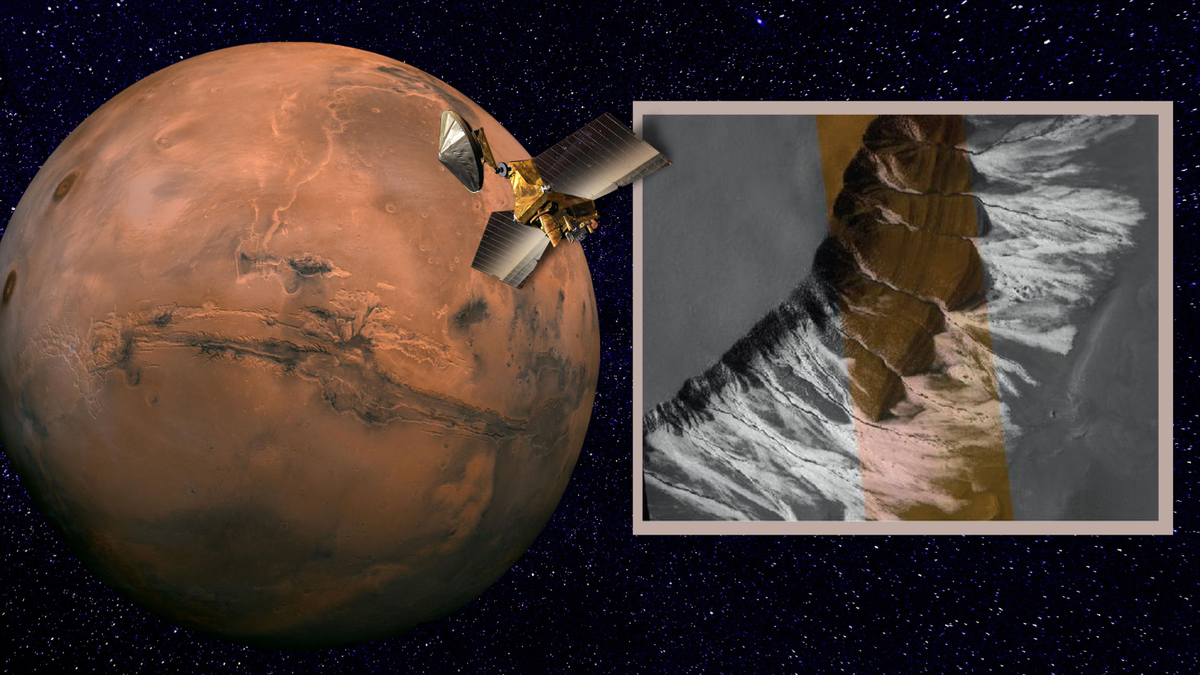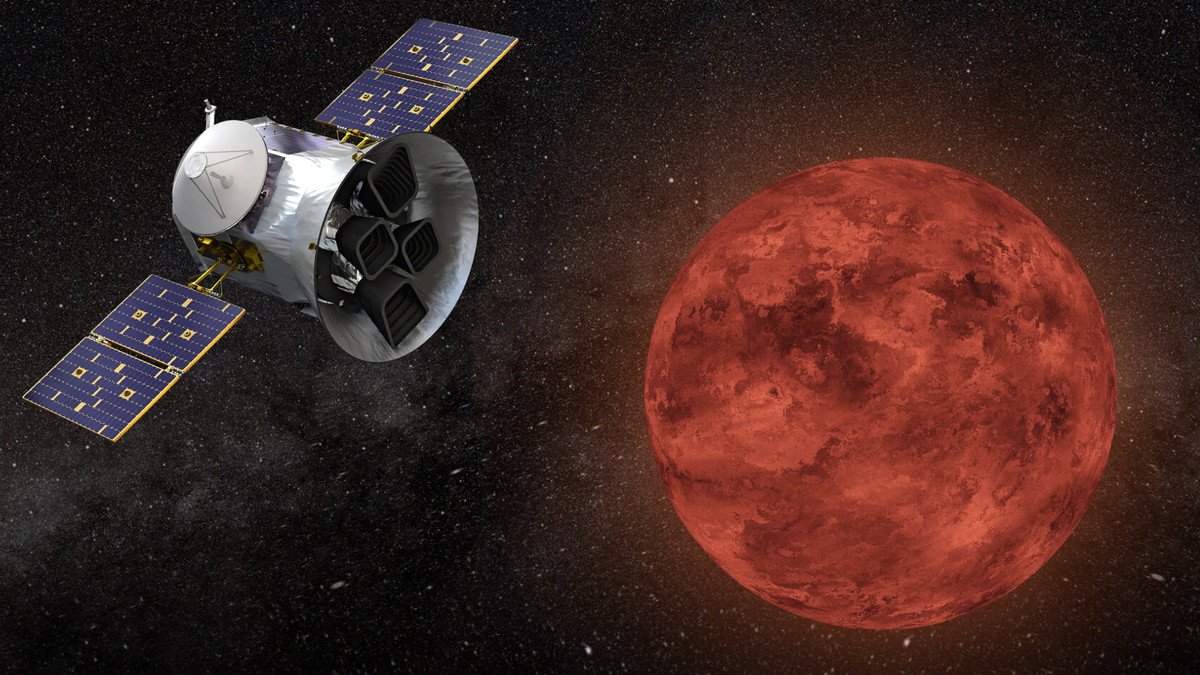Mars’ Ancient Water May Have Been Less Common Than Previously Thought
Mars, a desolate and arid planet today, shows multiple signs of having had liquid water flowing across its surface billions of years ago. Recent research now suggests that this water may have been present on the Martian surface for a shorter period than initially believed. The gullies observed on Mars by spacecraft like NASA’s Mars Reconnaissance Orbiter that were previously attributed to water flow could have actually been formed by the explosive sublimation of carbon dioxide ice.
The presence of liquid water is crucial for the emergence and sustainability of life forms, which makes this discovery significant in the context of the search for ancient microbial life on Mars. This new perspective on the existence of water on Mars could have a substantial impact on our understanding of Mars’s potential habitability in the past.
Limited Duration of Water on Mars
According to the team lead and planetary researcher at Utrecht University, Lonneke Roelofs, Mars’s atmosphere primarily consists of carbon dioxide, with temperatures plummeting to extremely low levels during winter, causing carbon dioxide to freeze. As temperatures rise with the advent of Martian spring, the sublimation of carbon dioxide ice occurs violently due to Mars’s low air pressure, reshaping the landscape in the absence of liquid water.
By simulating Mars conditions in a specialized lab setup, researchers were able to observe firsthand the sublimation of carbon dioxide ice under Martian conditions. This direct observation provided insights into the dynamic processes responsible for the formation of certain Martian geological features, such as gullies and channels, which were previously attributed to water-related phenomena.
This research challenges existing theories that imply extensive water involvement in the creation of Martian gullies, suggesting that besides water-driven debris flows, the sublimation of frozen carbon dioxide could also act as a significant factor in shaping Martian landscapes. Consequently, the presence of water on Mars in the past may have been more fleeting than previously assumed, diminishing the likelihood of past life on the Red Planet.
Published in the journal Communications Earth & Environment, this study highlights the complex interplay of geological processes on Mars and provides a new perspective on the planet’s ancient hydrological history.
Image/Photo credit: source url





